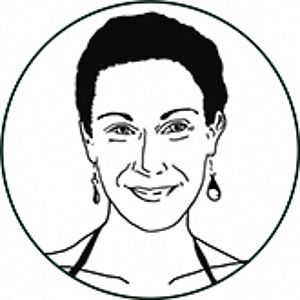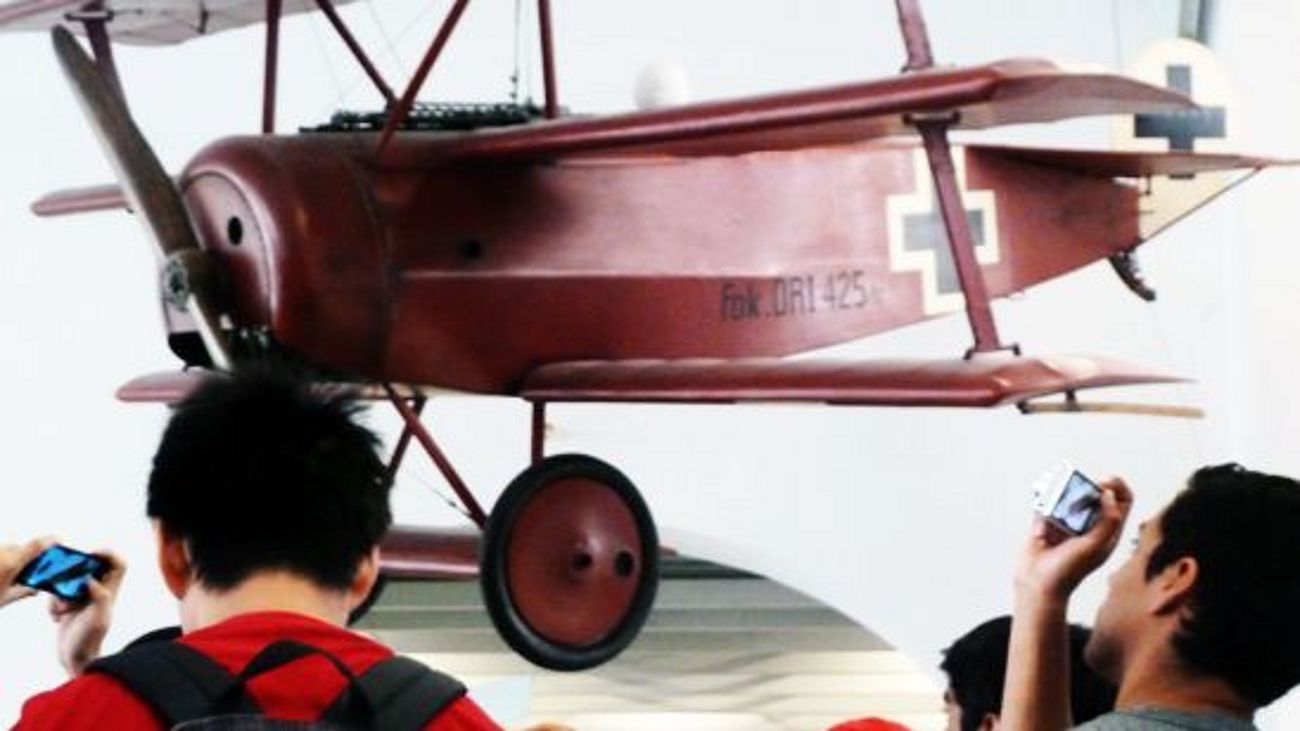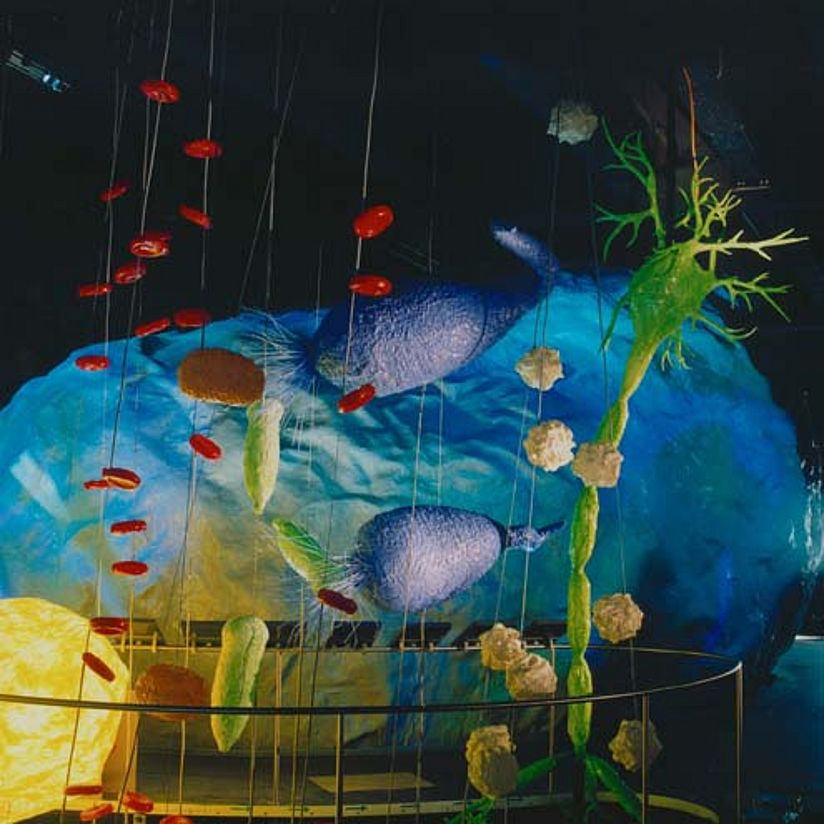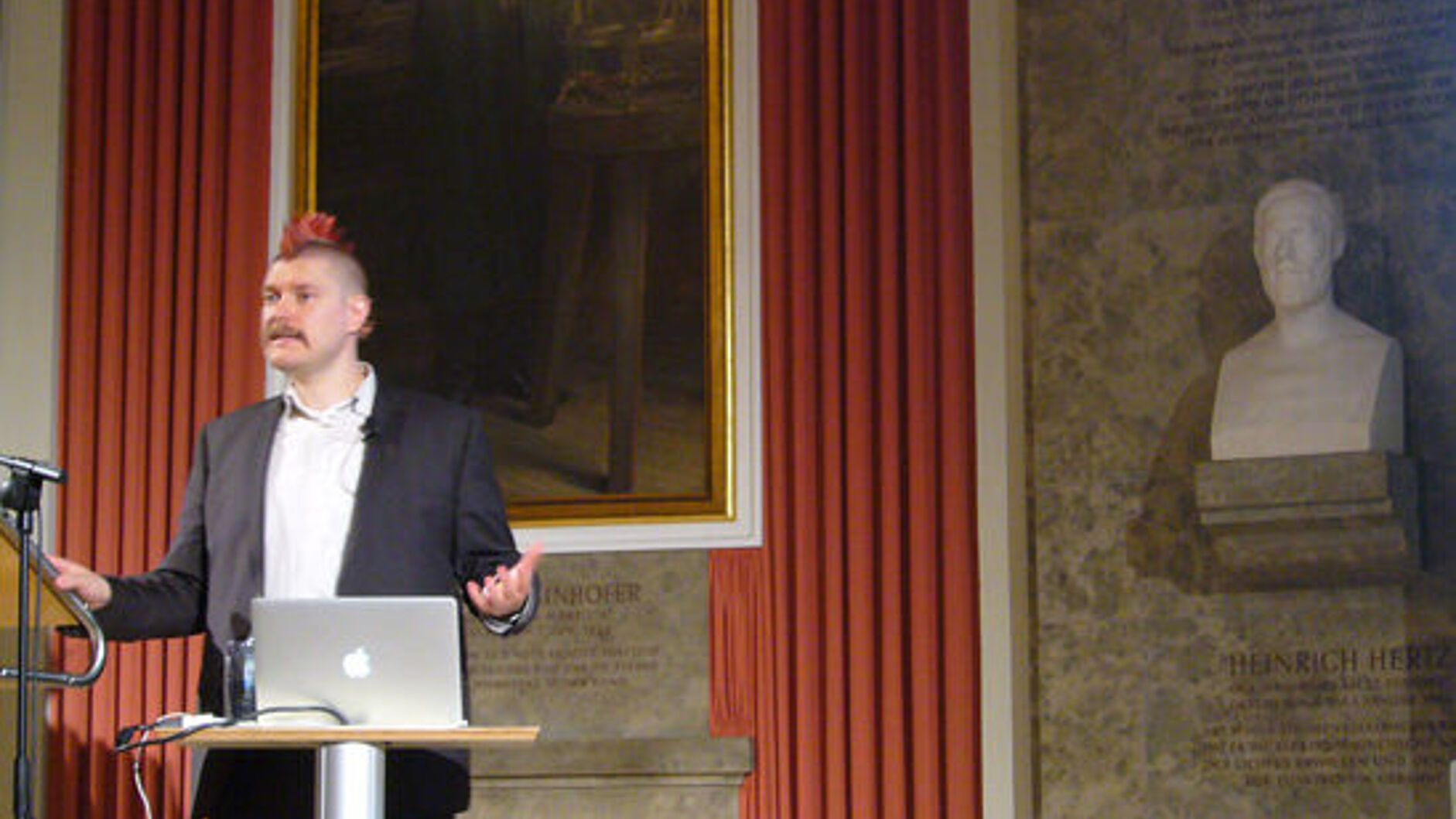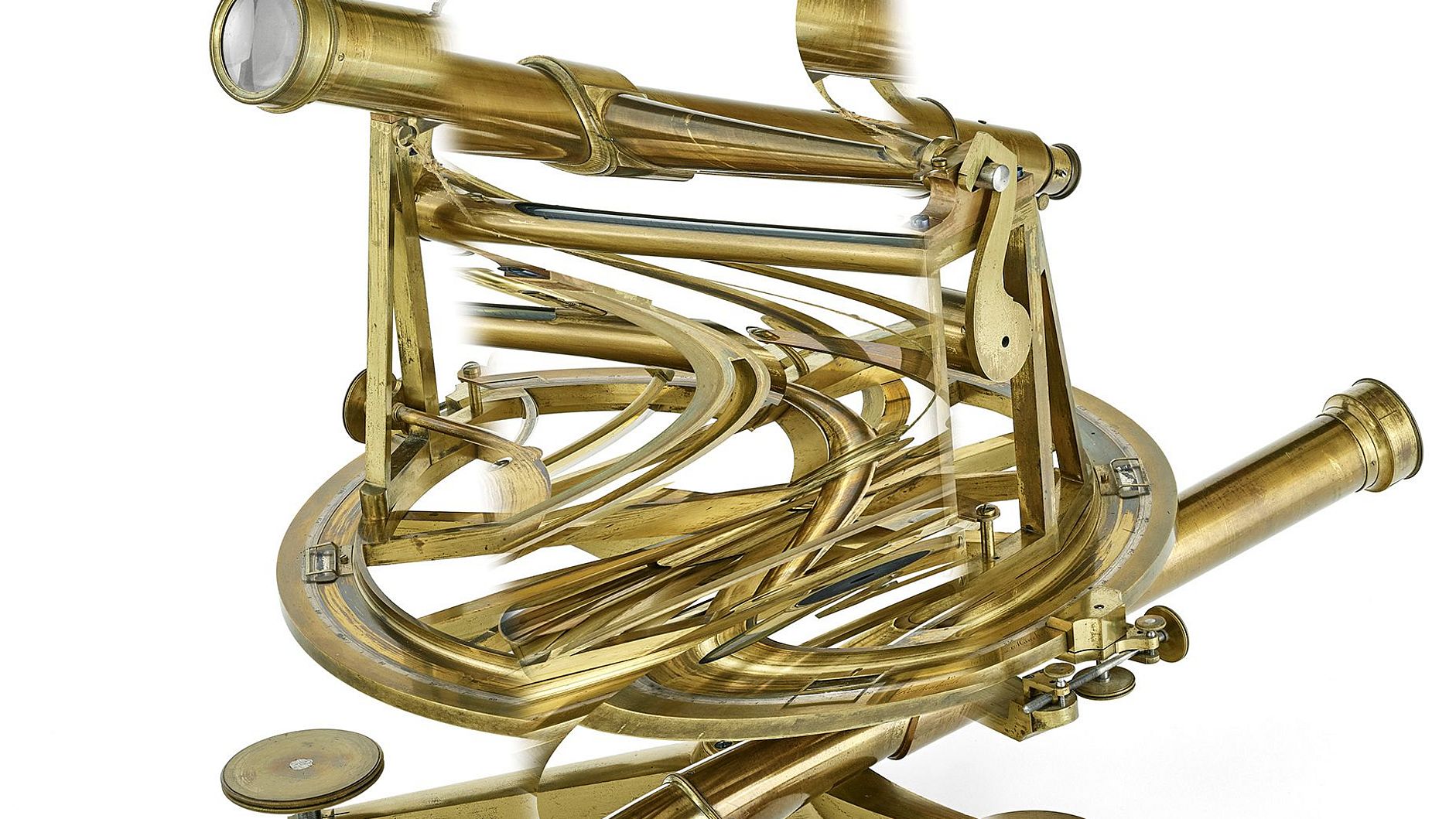We enjoyed not only scientific expositions but we were really caught by some pieces about German technology history, such as the first dynamo by Werner von Siemens, the first model of the 3-phase transformer housed in a very nice advertising pillar. The most impressive were definitely the high-voltage demonstrations: we could really see and listen to the electricity power in the Faraday cage.
In the second part of the tour we traveled into the history of the aircraft: historical balloons and the first models of airplanes caught our eyes. We took many pictures of the first jet engines and very interesting was the most recent jet model. It is made in Germany, is not yet available but is exposed in the Deutsches Museum. It will allow the future aircraft generation to fly at hypersonic speed.
